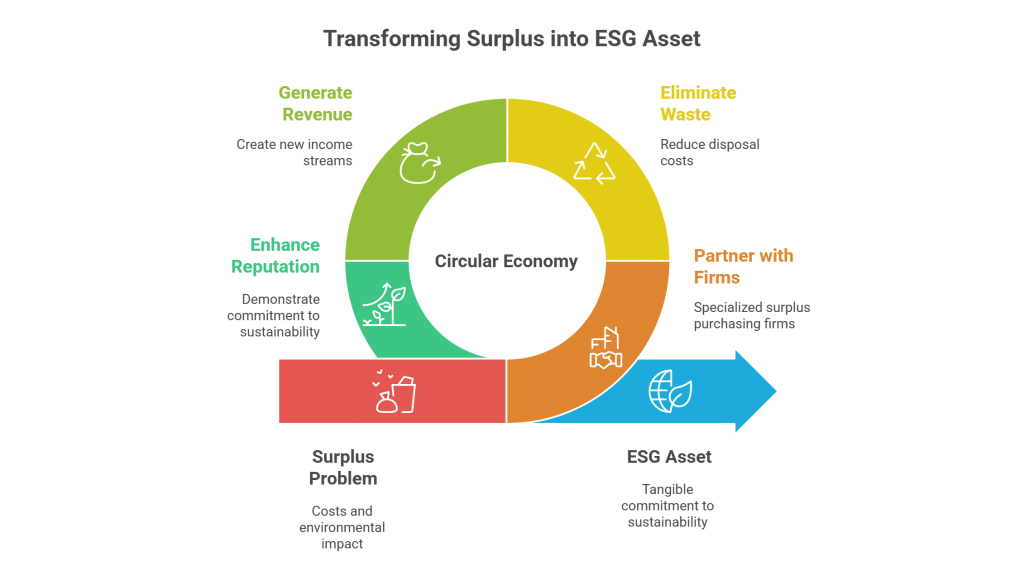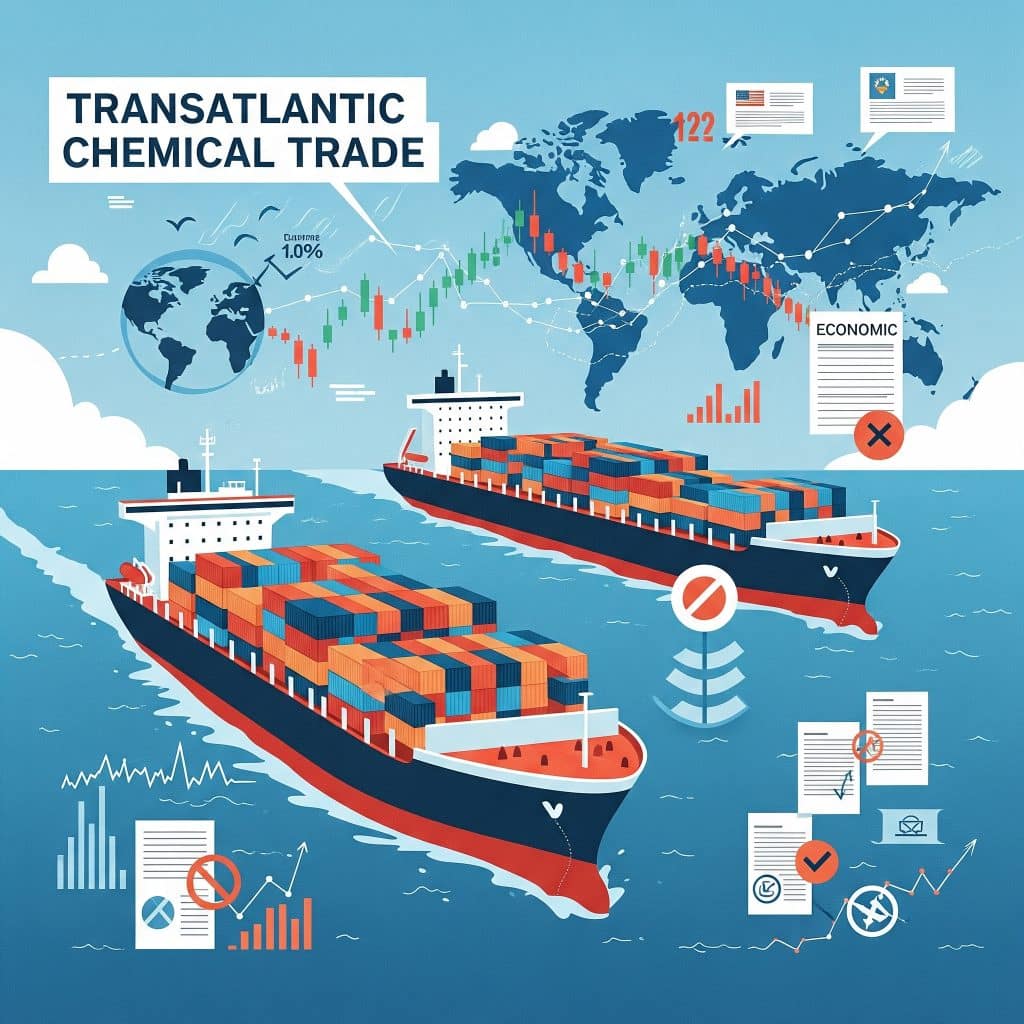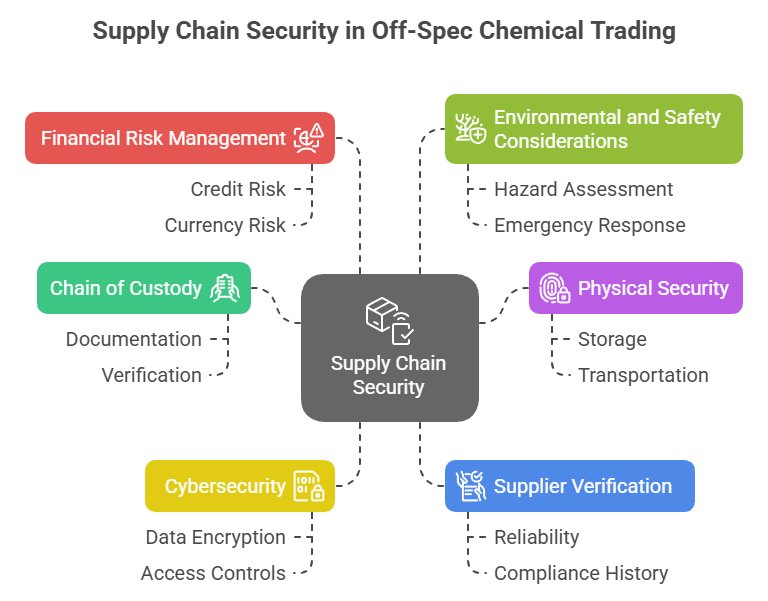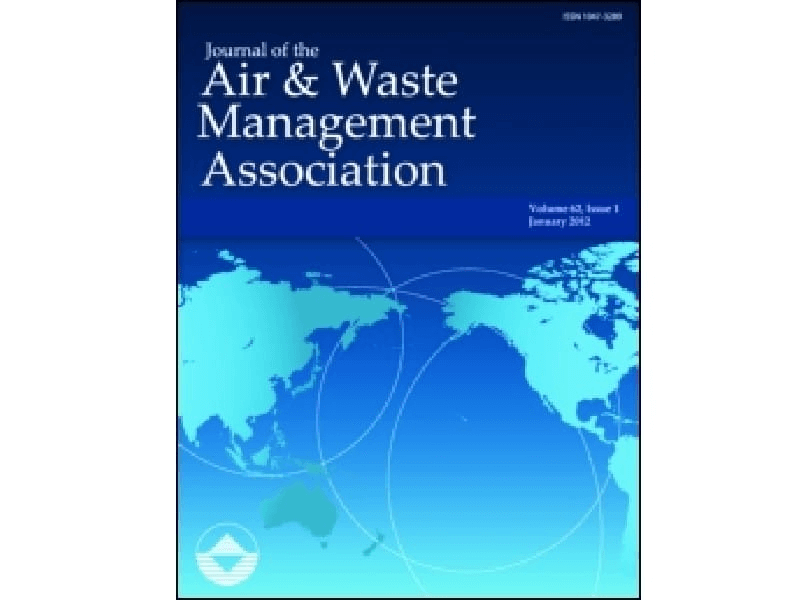Harnessing the Power of Surplus Ammonium Alginate in Food and Industrial Applications
Ammonium Alginate Surplus in Food & Industrial Sectors - Sustainable & Cost-Effective Trading
Ammonium Alginate Applications in the Food & Industrial Sectors
Table of Contents
Transforming Surplus into Success: A Real-World Ammonium Alginate Case Study
In a compelling case study, a prominent food processing firm was grappling with excess ammonium alginate due to changes in production forecasting. Instead of letting the surplus languish in warehouses and incur high disposal costs, the company opted to sell the excess through a specialized surplus chemical trading platform. This smart move not only generated an unexpected revenue stream but also helped an industrial manufacturer acquire a high-quality stabilizer for their paper coating processes. The successful trade improved inventory management for both parties, reduced storage overhead, and underscored a commitment to sustainable practices by diverting materials from waste streams. This real-world example demonstrates how both buyers and sellers in the food and industrial sectors can benefit significantly from intelligent surplus management.
















